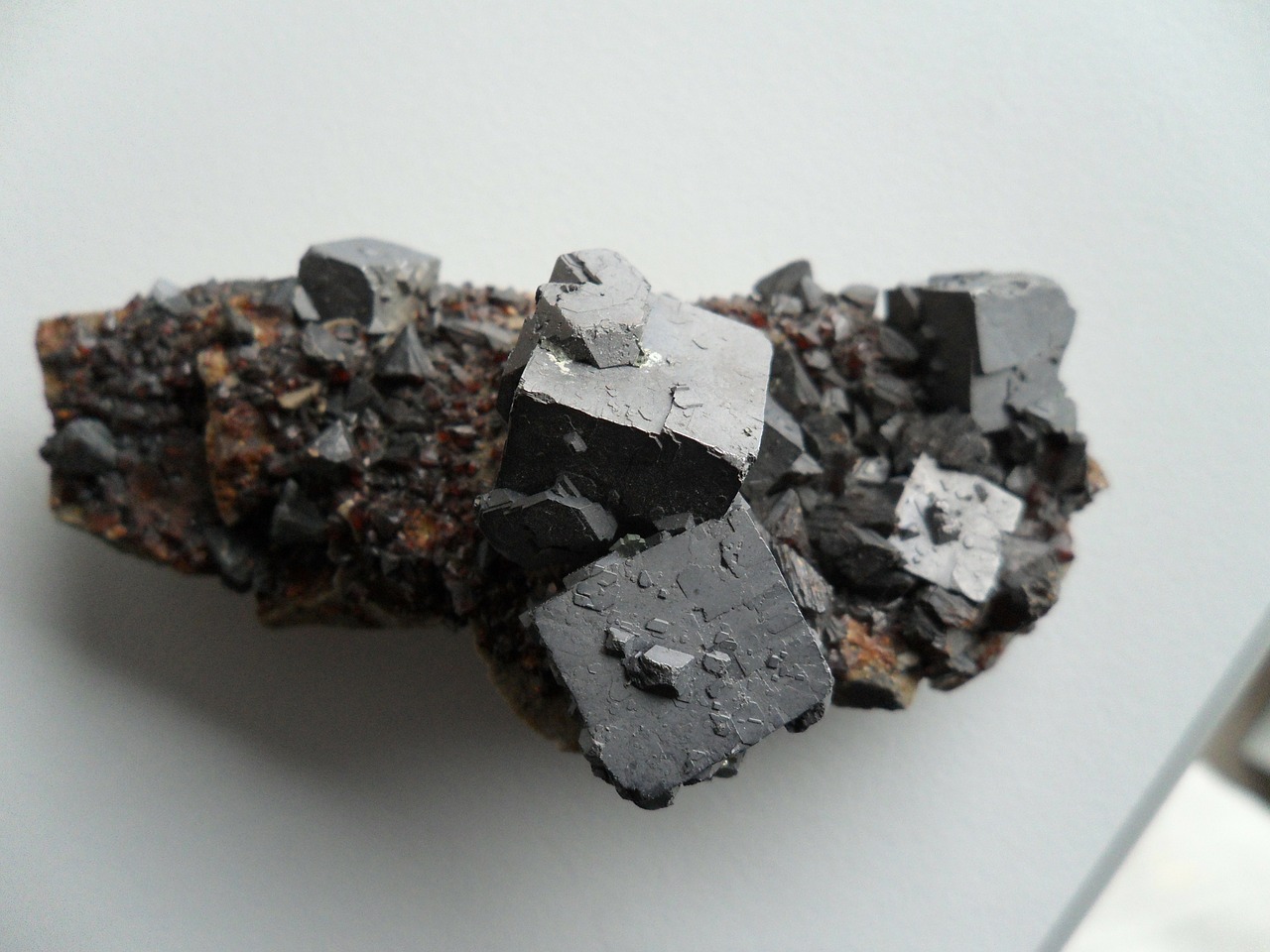An article appeared on Nature magazine in April 2018 stunned China: Japan discovered 16 billion tonnes of rare minerals in its waters. According to the paper, the minerals found can supply the world’s demand for hundreds of years. In detail, there are yttrium enough for 780 years, dysprosium for 730 years, europium for 620 years and terbium for 420 years.
The underwater treasure chest sits offshore of Minamitori Island, located 1,850 kilometres southwest of Tokyo. While this area belongs to Japan’s maritime borders, the rights of the minerals belong to the island dwellers.
Analyst Jack Lifton described the discovery “as a game-changer” as the political disagreement among the maritime borders has grown between China and Japan since the tension over the Pacific islands in 2014. Following the crisis, China increased the quota 10%, which spiked the rare mineral prices but resumed the export of rare minerals to Japan after the World Trade Organization (WTO) interfered. In the long term, China’s domination in the rare mineral market faces a considerable threat as its share of the market has fallen to 68% in 2020 from 90% in 2011.
“We need to find a cheaper way to reach these minerals,” says Yutaro Takaya, who took part in the Nature study. Takaya points out the major issue faced by all the countries who desire to reach deep-sea minerals. China is still far behind in the technology needed to mine deep-sea minerals compared to Japan. Therefore, if Japan manages to reach the chest box buried deep in the Pacific before China does it in the Yellow Sea, its dominance on the market will encounter a significant threat. Additionally, the US is hoping to decrease its supply from China as rare minerals were found in a mountain called Round Top, which sits at the east of El Paso.
Rare minerals are used in various products such as smartphone batteries and electric automobiles. These elements occupy the bottom second line of the Periodic Table and represent 17 metallic elements in total.
China Has A Long Way To Go
Japan detected vast amounts of rare minerals before and has started to develop technologies to reach these minerals a long time ago. In 2011, the team of scientists led by Yasuhiro Kato of the University of Tokyo found the rare minerals in sea mud at 78 different locations again in Minami-Torishima island according to Nature Geoscience. The minerals sit between 3,500 to 6.000 metres of depths of the ocean in large volumes clustered together. “Just one square kilometre of the deposits would provide one-fifth of the current global consumption,” said Takaya in the time of the discovery.
Japan is conducting deep-sea sample collecting tests in its exclusive economic zone (EEZ). During one dive, a deep-sea observing vessel spends more than 200 minutes to reach 6,000 metres of depth. In long term, it is estimated that Japan needs 3,500 tons of rare minerals daily to supply its industry. The first step may be a 30 cm wide pipe which will operate 10 hours a day to bring around 350 tons of minerals to the surface.
China is dedicating too much time and investment in its future sea mining operations. According to Liu Feng, secretary-general of the China Ocean Mineral Resources Research and Development Association (COMRA), China is in the process of developing the state of the art technology required to mine minerals from the ocean bed. Most importantly, he underlines the geographical area China has, which is the largest as the country secured five contracts regarding deep-sea exploration.
Feng says there are some countries more developed in deep-sea exploration than China, including Germany, Japan and Belgium. All these countries have successfully launched mining tests on the deep-sea floor between 2,000 and 6,000 meters deep. In contrast, China only managed to reach 500 metres of depth in its deep-sea mining tests. China has to develop its weak industry first and then proceed with its plans to mine the seabed. Fengs also mentions the complex systematic coordination requirements for the wide-scale seabed mining operations. Nonetheless, China goes further in testing its deep-sea mining capability and goes under depths of 1,000 meters in 2020.

Shall We Focus On Mining Asteroids?
Japan was exporting 30% of the rare minerals from Asian countries other than China by late 2017. The country is determined to get out of China’s shadow in obtaining rare earth minerals and will surely go on exploring new seabeds and invest in deep-sea mining technology. China currently holds the processing technology in its hands but it may also not last too long.
US and Australia signed an agreement in November 2019 and in January US signed another with Canada, to secure rare earth elements (REEs). Chicago-NY based MP Materials acquired the Mountain Pass mine sits on the border of California and Nevada, where today 15% of the global supply of REEs are produced. The mined elements are sent to China for processing but MP Materials is planning to open its own in 2022.
Some defend the idea that humanity shall only focus on the deeply buried sources and shall stop spending money on new space exploration markets such as asteroid mining and water-extracting from the surface of planetary bodies. For some, the solution of survival only resides within the Earth, for others we must go to the Moon and Mars and asteroids to extract their resources to further expand the borders of civilization and protect Earth from dying.
Focusing on Earth seems like an easier option. Especially when there are billions of tons of REEs waiting to be mined. On the other hand, the space is full of cosmic treasure chests which contain minerals equal to a few Earths. The best example is 16 Psyche.
200 kilometres wide, the asteroid contains minerals equal to 74 times of the whole world’s economy… NASA has already begun a space exploration mission to reach the asteroid in 2030. The mission, called Lucy, will cost NASA 450 million dollars. If the US manages to land AI-powered mining spacecraft on the asteroid in the following decades, the budget spent on the exploration will be a matter of laughter.
Critics don’t have the chance to show Psyche 16 as a distraction from the real-world issues. The space rock covered with heavy metals was first discovered in 1852. So, where the minerals are the civilization goes.
References:
1-https://chinadialogueocean.net/10891-china-deep-sea-exploration-comra/
2-https://www.bbc.com/news/world-asia-pacific-14009910
3-http://www.asahi.com/ajw/articles/AJ202001220007.html
6-https://www.dijitalx.com/2017/01/19/200-kilometrelik-asteroidin-degeri-en-az-10000-katrilyon-dolar/


